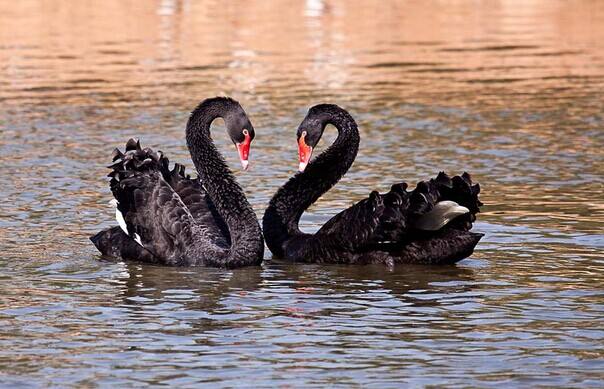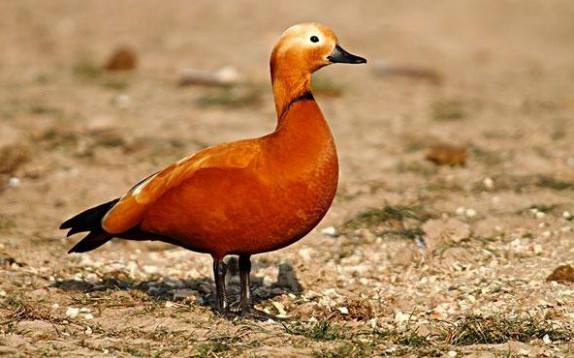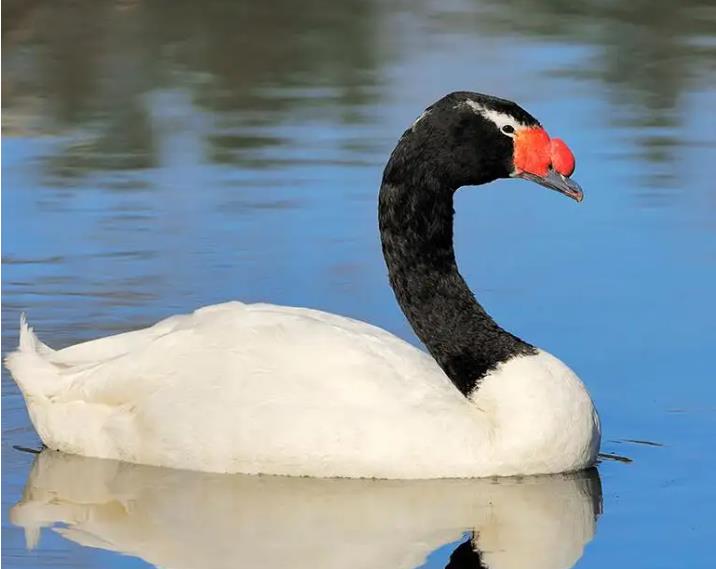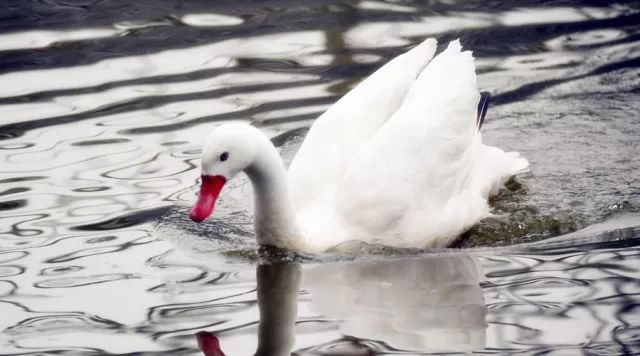
Cygnus atratus
Black Swan
In my country, swans are regarded as a symbol of beauty, auspiciousness, nob···

Tadorna ferruginea
Yellow duck, yellow duck, duck, red goose,Ruddy Shelduck
There is a kind of "duck" that is slightly larger than a domestic ···

black-necked swan
Cygnus melanocoryphus
The black-necked swan is a swan with a black neck and white body. It mainly ···

